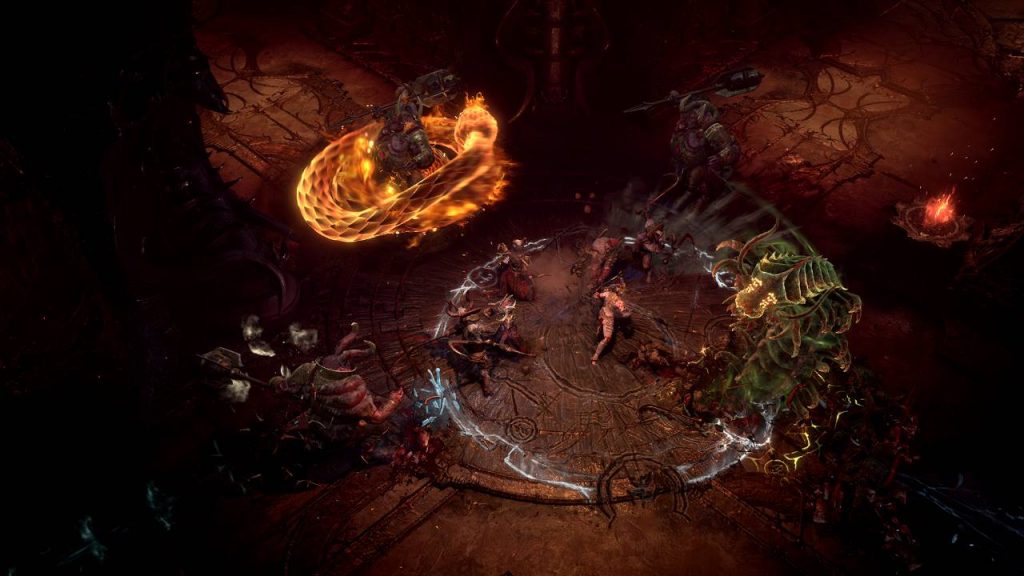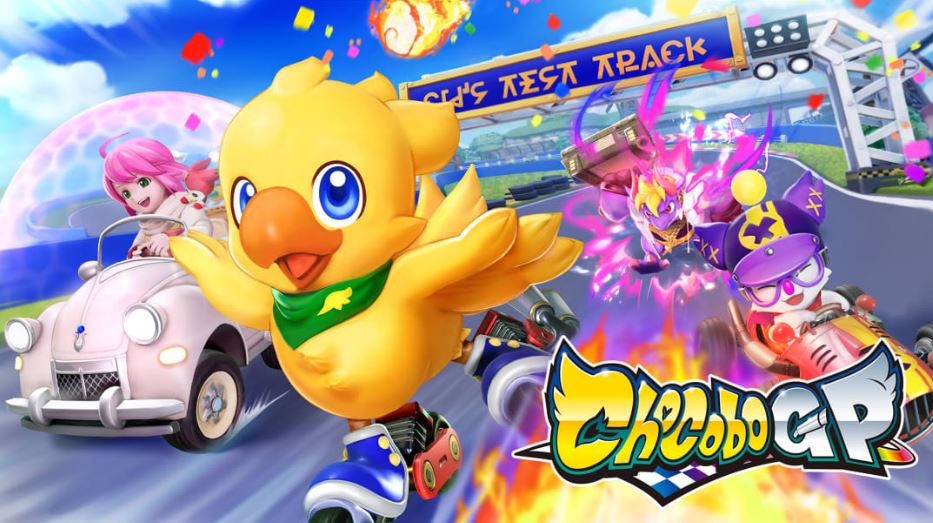Diablo IV: Vessel of Hatred Review
Diablo IV: Vessel of Hatred Review
Since its release in June 2023, Diablo IV has experienced a mix of successes and challenges. Initially well-received by critics, the game struggled to retain players, primarily due to its failure to deliver on its core loot-centric appeal.
Fast forward to 2024, and Diablo IV has made significant improvements over the past few seasons, practically overhauling the game when the Loot Reborn update hit. Now, with its first expansion in the form of Vessel of Hatred, Blizzard is hoping to take its newfound momentum, and the game, to new heights.
Vessel of Hatred introduces a new storyline and equips players with new tools to confront a familiar adversary. A notable addition is the new class, the Spiritborn, which allows players to harness the power of various animals to combat their foes. While the expansion has its imperfections, it represents a substantial enhancement to the game, and although it comes at an eyebrow-raising price point, Vessel of Hatred is a valuable addition to Diablo IV’s evolving landscape.
Stay for a (Short) While
Diablo IV: Vessel of Hatred picks up right where the base game left off, with Mephisto trapped within a soulstone held by Neyrelle, a familiar ally from the original game. Despite his imprisonment, Mephisto’s influence remains potent, corrupting Neyrelle and causing her to experience visions, showcased through a stunning cinematic that highlights Blizzard’s exceptional storytelling prowess.
The expansion takes players to Nahantu, a new jungle region that is visually breathtaking but concludes just as it starts to get exciting. Storytelling, a hallmark of the Diablo series alongside its addictive gameplay loop, continues to shine in Vessel of Hatred. The narrative is engaging enough to keep players invested until the end. However, the expansion concludes with a cliffhanger after approximately seven hours of gameplay (other reviewers I talked to spent anywhere from 5 to 6 hours), which can feel abrupt and unsatisfying given its price point.
While the cliffhanger ending might be expected, it leaves a desire for a more fulfilling conclusion. Despite this, Blizzard’s ability to craft and present a compelling story remains evident in Vessel of Hatred, thanks to its flawless art direction, haunting soundtrack, and stellar production values.

Arise, Spiritborn
One of the standout features of the Diablo IV: Vessel of Hatred expansion is the introduction of the Spiritborn class, a versatile addition that is likely to become a favorite among players due to its wide range of skills and abilities. With four distinct animal forms (or styles), players essentially get four characters in one, each offering both offensive and defensive capabilities to suit various playstyles. You can select this class right from the start and even skip the campaign to dive straight into the expansion content if you prefer.
The Centipede form specializes in damage-over-time poison attacks. Control is the name of the game with the Centipede, where you’ll have large AOE attacks along with attacks that deal slow to foes, and your ultimate can whittle down foes with a blast of poison that hits everyone in a line. The Jaguar focuses on aggressive, fiery multi-hit attacks, and employs a system called Ferocity, which increases attack speed per stack. Maintaining ferocity stacks is key to the damage output of the Jaguar, making it key to stay aggressive.
The Gorilla form acts as a tank, providing resilience and damage mitigation, along with putting a premium on Thorns. Many of your skills will provide you with a barrier to mitigate damage and increase your block chance, ensuring you can stay on the frontlines while taking the hits. Lastly, the Eagle form emphasizes mobility and lightning-based attacks, and you’ll find yourself zipping in and out of skirmishes while dealing the Vulnerable status and taking advantage of critical attacks.
Although there are common elements among these forms, their playstyles are quite distinct, reminiscent of a hybrid between the Monk, Rogue, and Druid classes.

As a Necromancer main in the base game, I typically enjoy a more laid-back playstyle, letting my minions handle the combat. While the Spiritborn doesn’t offer a similar approach, I found myself drawn to the Eagle form for its ability to dart around the battlefield, avoiding damage while dealing significant harm. Impressively, all Spiritborn forms are viable, making this class highly adaptable and capable of tackling challenges solo or with friends.
Contrary to what you might expect, you can mix and match skills for the Spiritborn, as you are not restricted to a single animal form. This flexibility allows for a highly customizable and dynamic gameplay experience, whether playing alone or with buddies.
Better with Companions
Playing alone is not the ideal approach in Diablo IV: Vessel of Hatred, especially with the introduction of the new mercenary system. This feature allows players to recruit specific NPCs to join their quest against Hell’s minions, making it a fantastic addition for solo players who prefer not to rely on party mates with varying schedules.
Early in the Vessel of Hatred campaign, players can unlock four mercenaries: Subo (Drunken Archer), Varyana (Berserker Crone), Raheir (Shieldbearer), and Aldkin (Cursed Child). Each mercenary is unlocked through a questline, and for those who main a Necromancer like myself, this effectively adds another minion to their army. Solo players can hire two mercenaries: one as a primary companion with full skills and abilities, and another as a reinforcement who can activate a unique skill based on the player’s actions.

The more you use these mercenaries, the more proficient they become in battle. Increased usage builds rapport, unlocking additional skills and abilities. Each mercenary serves a different purpose, with Raheir being particularly useful for tanking damage while your character stays in the backlines.
Unfortunately, mercenaries cannot be used in the new endgame activity, the Dark Citadel. This cooperative challenge requires 2-4 players to complete and features a dungeon with three wings, each containing puzzles and raid-like mechanics (stand inside the bubble to avoid damage, etc). that demand coordination to overcome. Each wing culminates in a boss fight, adding to the complexity and excitement of this new content.
It’s challenging but also very fun, but solo players get the short end of the stick here because you cannot access it, even with a mercenary. Thankfully, Diablo IV: Vessel of Hatred has a matchmaking system that will make it easy to find fellow demon hunters to conquer the Citadel with. It’s a great piece of content with fantastic rewards, but only time will tell if this is enough to satisfy hardcore players.

Changes and More Changes
In addition to the new Spiritborn class and the mercenary system, Diablo IV: Vessel of Hatred introduces a plethora of updates, many of which are welcome additions. One notable feature is the return of Rune Words, which allows equipment with two empty sockets to trigger effects once specific conditions are met. A Rune of Ritual sets the condition (Do X), while a Rune of Invocation determines the triggered ability (Get Y).
A straightforward Rune Word combination might involve increasing a player’s critical strike chance (Rune of Invocation) every time they drink a healing potion (Rune of Ritual). More complex combinations can offer significant buffs, such as reducing active cooldowns or transforming your evade into the sorcerer’s teleport. This feature adds considerable depth to character and class builds by enabling access to abilities from other classes and providing a wider array of combinations.
One of the most significant changes in the Diablo IV: Vessel of Hatred expansion is the new level cap, which has been lowered from 100 to 60. This adjustment is well-received as it allows players to reach the endgame more quickly, where the “real” grind of Diablo IV begins. Additionally, the Paragon system has been revamped, introducing numerous new levels to explore. The expansion also includes the Kurast Undercity, akin to Greater Rifts, offering players another avenue to grind for loot.
Verdict: Buy it!
Overall, the Diablo IV: Vessel of Hatred expansion is a worthwhile trek that provides players with more Diablo IV but wrapped in a package of highs and lows, with its biggest miss being the unexpectedly short story that leaves players wondering how it’s already done when the good parts were just getting started.
This is quite unfortunate because the rest of the expansion hits the right notes with its additions and new features, chief of which is the new Spiritborn class that excels in providing players unparalleled versatility. With a new endgame cooperative activity, a level cap reduction, and much more, Diablo IV: Vessel of Hatred is an exciting expansion that offers players more reason to grind for more loot, which, in the end, is what Diablo IV is really all about.
*Diablo IV: Vessel of Hatred was reviewed on a PC/Steam Deck with a review code provided by the publisher.
Diablo IV: Vessel of Hatred
Diablo IV: Vessel of Hatred offers players more reason to grind for more loot, which, in the end, is what Diablo IV is really all about.
PROS
- Stellar production value
- Fine new additions like the mercenary system and the Spiritborn class
- System tweaks that enhance overall gameplay
CONS
- Storyline that ends just as the fun begins
- Can't bring mercenaries to the Dark Citadel





